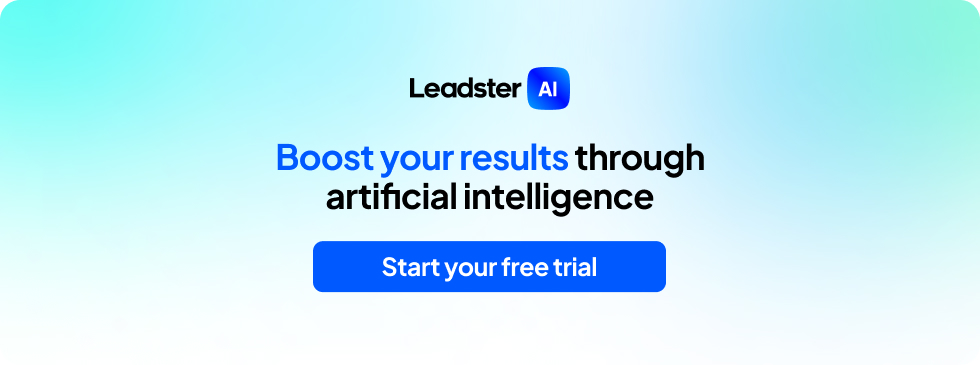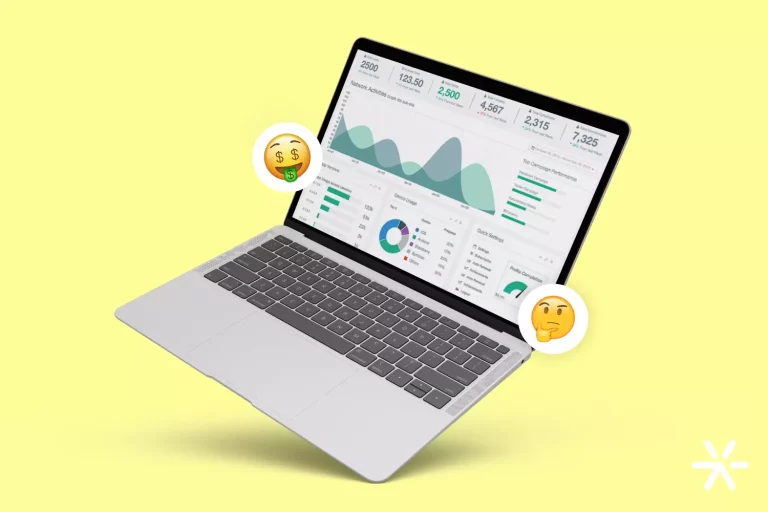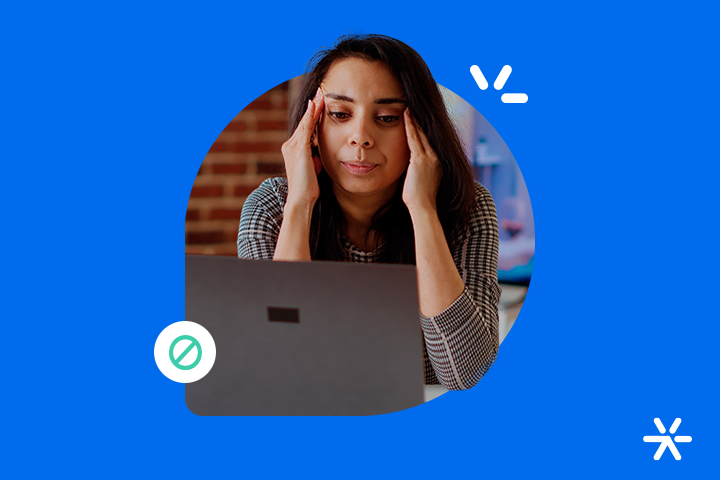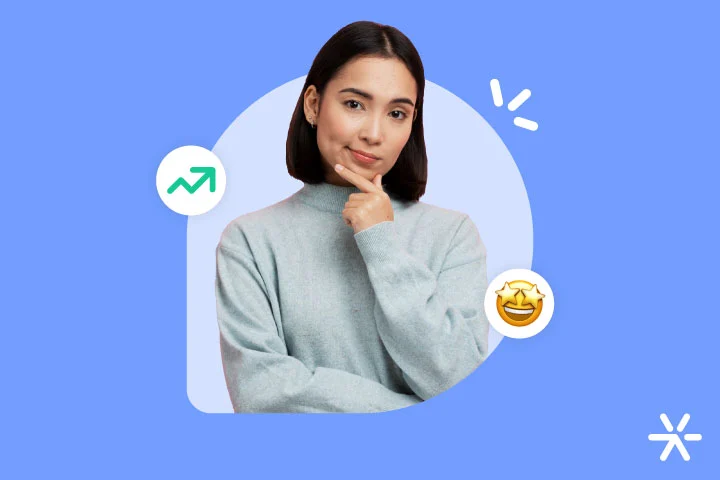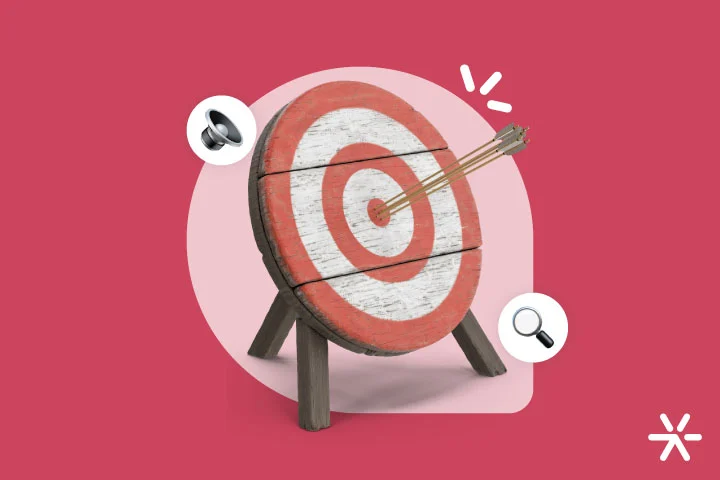The end of third-party cookies: what now?
The end of third-party cookies is something we have been talking about here on the blog for some time, but never in a dedicated article.
Today the conversation will be different. Our own founder and CEO, Fabrício Toledo, came down here to the content department and asked: we need to talk about the end of cookies urgently!
This is because the subject has already ceased to be a future conversation. Over the past two years, all digital marketing publications have been warning that this day would come. And it is coming this year.
In 2024, Google is indeed removing support for third-party cookies from Google Chrome, and this will disrupt the lives of many people who use Google Ads.
And it will literally break many alternative ad platforms that use these cookies to function. They are an important part of their products.
But let’s address this a little better throughout the article. Ready to know everything about the end of cookies in 2024?
What are cookies?
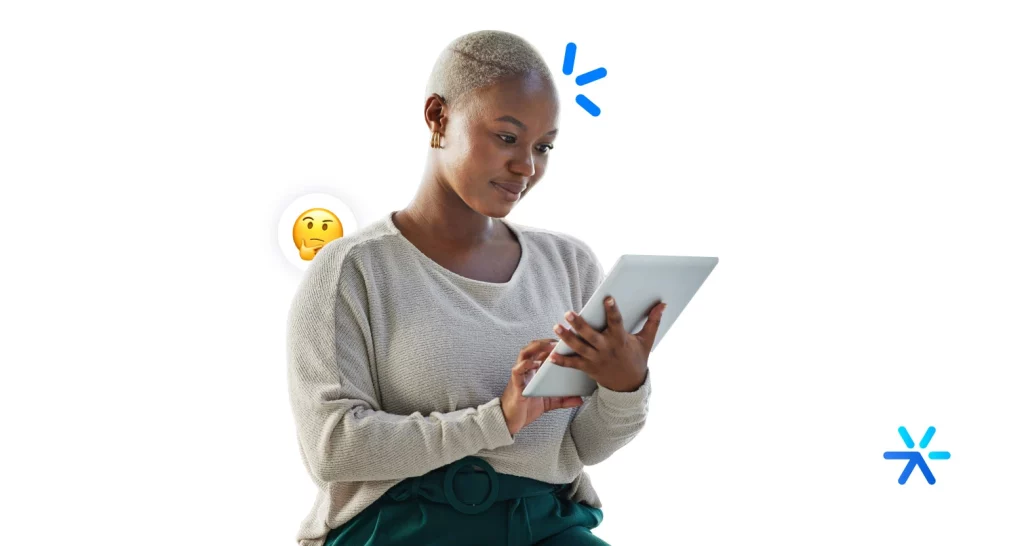
To start the article well, we need to understand what cookies are in general, and then delve into their main differences.
Cookies are small lines of code applied to the source code of a site. They allow the site to capture information about who is browsing.
For a long time in the early days of the internet, cookies served a function more focused on user convenience, along with the cache.
They served — and still serve — to store login information, remember your shopping carts, offer you related content, etc.
Primary cookies, which are the most basic ones, have never caused any controversy because they are not related to users’ privacy across the entire internet.
The biggest controversy is third-party cookies. These have been in the crosshairs of all browsers for a few years now, and in 2024 Chrome is taking real action to remove them as an option.
We discuss these differences better in the item below. Take a look:
What is the difference between primary and third-party cookies?
If cookies are useful for remembering user actions within sites, why do they need to end?
The truth is that primary cookies will continue to be active normally. Third-party cookies are the ones that will be disabled. But what is the difference between the two?
The name says a lot. Let’s assume you have a site and install cookies to track your user and offer personalized products and offers throughout their navigation.
These are primary cookies, installed by you on your own site, which capture information about your users.

This information can only be used by you and no one else.
Third-party cookies are different. They are installed on other people’s sites and capture information about the user’s navigation on them.
This information is then passed on to ad platforms, such as Google Ads, which use it to increase the precision of their ads.
For example: you accessed NBC to see the latest news and interacted with their content throughout the morning.
There are third-party cookies installed on the website actively collecting information and passing it on to ad platforms.
Advertisers benefit from this because segmentation becomes much deeper, taking into account much more precise and diverse information than the standard model.

But how exactly does this importance manifest? We talk more about this in the next topic. Follow along:
Why are third-party cookies important?
The main importance of third-party cookies is — or was 😅 — the personalization of ads with AdTech platforms.
Remember you accessed G1 in the previous topic? And that there were third-party cookies configured within G1?
Well: through these cookies, an AdTech platform can target your browsing history within G1 itself.
For example: you spent the whole day reading news about some release related to Artificial Intelligence.
An AdTech platform can create ads aimed only at you, who read these articles and are interested in AI.
This is the main functionality of third-party cookies, and it moves a substantial amount of capital in the world of AdTechs.
Just understanding: AdTechs are online platforms aimed at creating and organizing ads.
The largest in the market today is Google Ads. And at the same time, the most used browser in the world is Google Chrome.
This is why Google took so long to start the movement to remove support for third-party cookies in its browser — the search giant will suffer a real financial impact with this decision.
And since we are talking about the decision, follow along because I have a few points to talk about this:
Why are third-party cookies ending?
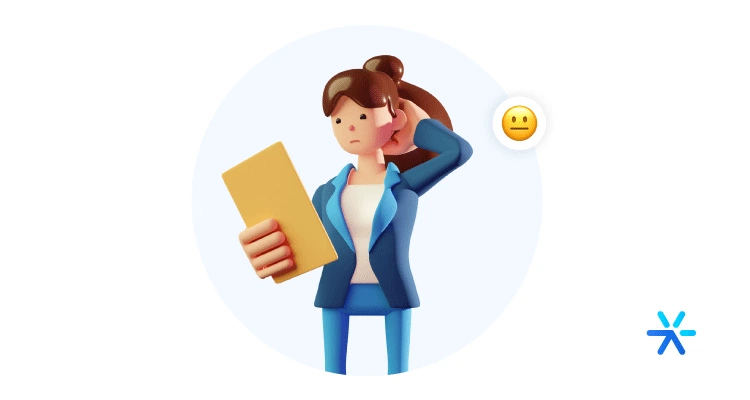
The problem with third-party cookies is that they float in a very complicated legal environment.
While they are absolutely important for Paid Media strategies, they are quite invasive and do not allow for user consent.
Not allowing consent is one of the biggest problems for the privacy of people online, and the primary target of legal resources like the LGPD.
As efforts to regulate online privacy evolved, it became clear that there is no longer room for information capture without user consent.
And online privacy laws take this consent issue very seriously. They understand that it is impossible to provide consent for ad platforms you don’t even know about.
One thing is to allow primary cookies on a site. Another thing is to allow information capture by a site and then its sale to various platforms.
The point is that we need to understand that third-party cookies are not being banned from the internet completely. It’s just that the largest browsers no longer offer support for them.
It’s the same, but understanding this helps us understand Google’s reluctance to remove support.
Apple removed support for third-party cookies in Safari in 2013, around the same time Mozilla removed it from Firefox.
Google took another 10 years to make this transition, largely because they themselves are an AdTech, probably the most impacted by the change.
So, simple answer: the end of third-party cookies is happening due to issues with user privacy and advances in its regulation, through initiatives like the LGPD and GDPR.

When will third-party cookies end?
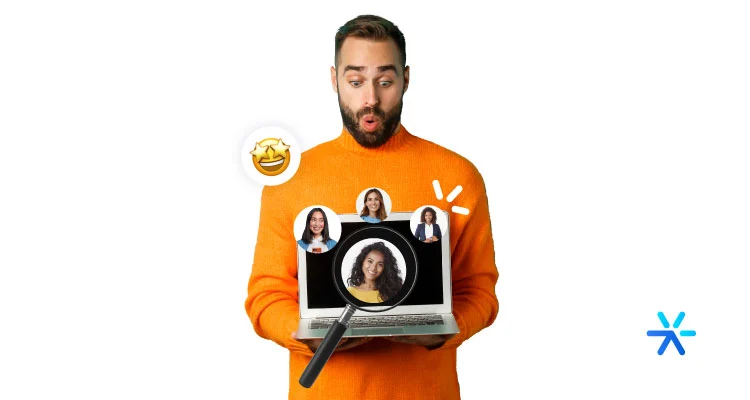
The process has been gradual. Quite gradual, by the way.
Google started disabling third-party cookies in January 2024, initially targeting 1% of all Chrome browsers worldwide.
This way, Google can have a little more time to measure the impacts that the end of cookies will have on its flagship, Google Ads.
It is important to emphasize here how much Google depends on Google Ads. It is their biggest source of income. In fact, it’s not just my imagination: Google itself has made it clear that its primary funding comes from Ads.
Third-party cookies have always been a very important part of this business. Audience targeting is its biggest advantage over other platforms, and suddenly it will be without much of the information that drives it.
Think of Social Ads. In fact: think of Instagram Ads for a moment.
Imagine if, overnight, you could no longer make segmentations based on the profiles that the person already follows or the type of content they usually interact with.
Let’s go further: imagine if Meta’s Pixel were deactivated, invalidating your ads based on primary cookies.
The impact on our friend Zuckerberg would be simply immense. Suddenly, instead of continuing to practically print money, he would be forced to rethink the way ads are made.
This is what Google is having to do now. And that’s why we will only really see the complete end of third-party cookies by the end of 2024.
What is Google Privacy Sandbox?
The Google Privacy Sandbox is the method the search giant found to guide its advancements in privacy studies within Chrome and Android apps.
But we also need to understand that the Sandbox is not just one thing. It is a large initiative that involves developers, tech companies, Google itself, and so on.
Basically, and without getting too technical — but if you’re techie, this link explains it better — the Sandbox’s principle is the use of independent APIs so that the end of third-party cookies does not greatly impact the Web experience.
And of course, at the same time, without losing fundamental privacy features.
Through a set of APIs, the Sandbox is a constantly evolving environment that seeks to balance personalized ads with user privacy.
It is the most advanced initiative today in reconciling ads and privacy. And, at least in Chrome, it will determine the future of ads from now on.
This video below helps you understand better what it really is:
Notice that this video is from 2019, when Google began thinking about the end of cookies for Chrome and which alternatives would be the most viable.
But while the Sandbox is developing, advertisers and AdTechs are on high alert throughout 2024.
Shall we better understand the main impacts that the end of cookies brings?
Difficulty in tracking user interactions
Certainly, the biggest problem is indeed the difficulty of tracking users.
With third-party cookies, advertisers have many more options for segmenting their audience.
We gave the example of G1, but we can simplify it and put it into our experience so you understand better.
Suppose you visited the Zendesk site and researched chatbots to generate leads there.
You consume some materials related to this topic but soon realize that Zendesk does not work with this type of chatbot: their product focuses on customer service chatbots.
However, Zendesk has third-party cookies and passed this information on to AdTechs. This allows us here at Leadster to use your audience profile in our ads, which become more targeted.
In other words: we are not advertising to a demographic segment, but to people who have shown direct interest in our platform.
Without third-party cookies, we and all advertisers no longer have this information, which makes it difficult to create ads and completely transforms our results with them.
More on that now:
Increase in budget allocated to paid media
And what happens when advertisers have more difficulty finding their audience? Increased campaign costs.
Initially, at the end of 2024 with the definitive end of cookies, we will see campaigns that used to cost X now costing 3X, simply because the audience is now less precise.
This is the main challenge for marketers with the end of cookies: creating campaigns will become much more expensive.
The price increases not because keywords become more expensive or the Google Ads Smart Bidding model charges more.
None of that. Prices increase because it will be much more difficult to ensure conversion. One of the fundamental points of CRO — Conversion Rate Optimization — is the precision in segmenting audiences, campaign by campaign.
This precision will be directly impacted by the end of third-party cookies in 2024. Which means hitting the target audience in each campaign becomes more difficult, decreasing ROI and increasing the cost of unsuccessful campaigns.
Diversification of marketing strategies
This increase in price will bring significant problems for marketers, but also some opportunities.
The main one is the possibility — or rather, the necessity — to invest in alternative ways to generate leads and sales.
Today, there is no better channel than paid media to generate visitors to your site. This happens for two main reasons:
- Ads work, they always have and always will. And digital ads even more so, as they don’t have a complex infrastructure behind them, like TV commercials do;
- Online ads are extremely efficient. You control how much you invest and how long the campaign runs, besides having incredible indicators that allow you to create very precise and specific strategies.
However, these two points are now quite threatened with the end of third-party cookies.
First, because ads have always worked, but always worked with them. It is quite difficult to know if they will continue to work since Google does not provide performance statistics for ads on browsers like Safari and Firefox.
The second point is also quite threatened, as we saw in the previous item: with the end of cookies, campaigns become less targeted and, therefore, less efficient.
The end of third-party ad platforms
It is important to remember that although Google is the largest AdTech in the world, it is not alone in the market.
There are several other AdTechs that together account for about 20% of the market, with Google dominating the rest.
The end of third-party cookies, for these platforms, often means their complete end.
That’s because they rely heavily on them. In fact, their main differential is precisely this: who has the most third-party cookies and how they are organized ad by ad.
This is a significant impact on the marketing world because these AdTechs will find themselves in a very complicated scenario. Without cookies, they have no product.
What to do if you rely heavily on third-party cookies
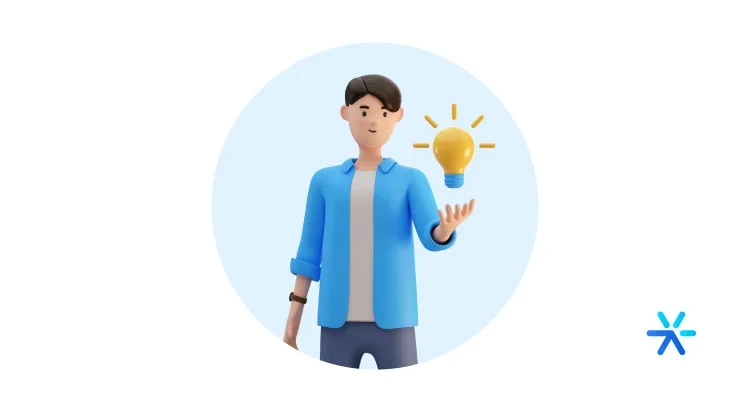
This category, “brands that rely on third-party cookies,” includes almost everyone who uses Google Ads today.
In fact, many people use third-party cookies without even knowing they are using them. For many people, these cookies are just another Google Ads configuration. What matters is knowing how to do it, not necessarily understanding how it works.
But I’m getting a little off track here 😅
If you are in this situation — relying heavily on third-party cookies and at the same time afraid of what will happen now that they are ending — I have brought three tips to help you.
Only three because, so far, it is not very clear what will happen in the future.
It may be that Google implements miraculous solutions with the Privacy Sandbox, and little changes for advertisers.
Or it may be that the end of cookies in 2024 is much worse than we are imagining.
In any case, these tips are universal and work both now, in the preparation phase, and later, when cookies really disappear from Chrome.
Google Enhanced Conversions for Web
This is a feature aimed at organizing the data obtained through first-party cookies on your site.
You are certainly seeing all over the internet that valuing these first-party cookies is the main way to deal with the problems the end of cookies will bring.
The problem is understanding how to work with this data, right?
Enhanced Conversions allows you to have a more in-depth view of your users and implement first-party cookie data into your campaigns.
Basically, it gathers the information obtained in a conversion on your site, encodes it, sends it to Google, and then matches the data with the Google account of the person who made the conversion.
This improves the conversion event as a whole, besides also allowing much greater control over the first-party cookie data itself.
You can know the technical details of the practice by clicking here.
Seek to minimize costs and increase ROI
Truly actionable strategies to deal with the end of third-party cookies are still being imagined, and few are actually being put into practice.
So, what remains for us at the moment is to make changes to our own strategies.
It has never been so important to do good segmentations in Google Ads. It has never been so important to configure conversions in Google Analytics.
This is the time to reduce costs to wait out the storm. Review your campaigns, decrease the amount invested for now, and keep an eye on what can be done to maintain a positive ROI.
Keep up with Google’s developments
The biggest problem with the end of third-party cookies is certainly the uncertainty of how everything will be from now on.
Without Google’s support, it is impossible to say how everything will be in a few months, right?
But believe it: the support they could give, they are already giving.
In some situations in digital marketing, there is not much to do. Third-party cookies will end, and it is very likely that they will not be replaced by something as precise and rich for marketers.
So, what you can do now is follow Google’s main initiative, the Privacy Sandbox, to understand it well and start implementing some points here and there.
Many people say that Google “left everyone hanging,” but in fact, the one who loses the most with the end of cookies is Google itself!
So, anticipate. Start the work today, researching and delving into the topic.
In the banner below, you follow a very comprehensive material we developed to talk about campaign planning. Why don’t you start there?
Thanks for reading, and we’ll see you in the next article!
